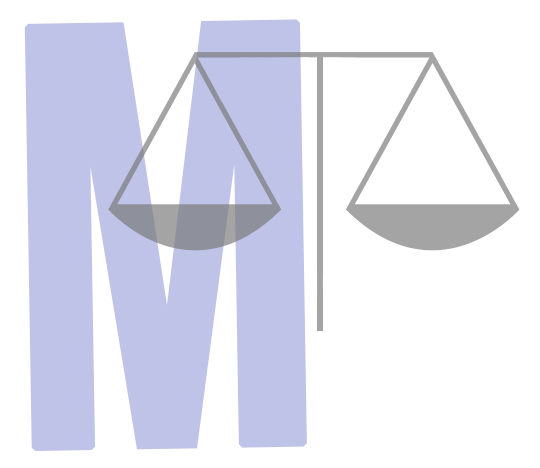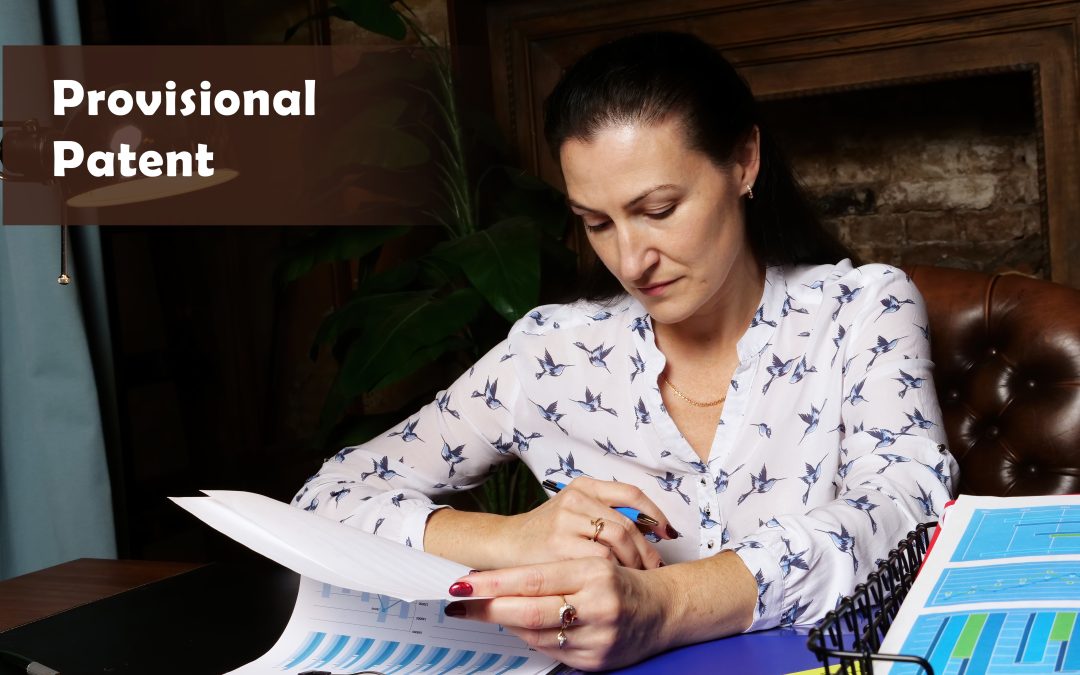Many inventors and entrepreneurs in the early stages of inventing their product wonder if a provisional patent is worth filing. I recommend provisional patent applications in certain situations, and only when done the right way.
1. Provisionals Aren’t Examined
The first thing to realize is that a provisional application is never examined by the Patent Office. Thus, a provisional patent will never be granted. You need to file a non-provisional application for the application to be examined (and then allowed).
I recommend doing a patentability search before filing a provisional patent application and receiving an attorney’s opinion on the likelihood your invention will ultimately be allowed.
It is called a provisional because after 1 year (12 months) from the filing date the application goes abandoned if a non-provisional patent is not filed within that year. If you miss this deadline your invention is abandoned. No exceptions. Thus, an inventor with the necessary funds and a completed invention, may want to file a non-provisional patent to start.
2. Provisionals Are Cheaper And Have Fewer Requirements
The main benefit to filing a provisional is that it has fewer requirements and is cheaper to file. For example, if you qualify as a micro entity, the filing fee for a provisional is currently only $65. The provisional patent also has many fewer restrictions than a non-provisional. For example, a provisional does not require professionally drafted figures or the requirement to have numerous claims helping to further reduce the cost.
A provisional patent, once filed, allows you to go out and market your invention without the fear of losing any potential patent rights.
3. So why file a provisional instead of a non-provisional?
Provisional applications can be useful when you have improvements to be made on the invention you are working on. You can file additional provisional applications for any improvements and combine multiple provisional patent applications that have been filed within the last 12 months when you file your non-provisional patent application. You can also add in any new developments in the non-provisional itself. This allows you to go out and get market research, have engineerings work with you, and perfect the product without the fear of someone stealing your invention.
4. Should I file the provisional myself?
In some instances yes, if you have a vast understanding of the technology and the USPTO filing systems. However, a shoddy provisional application is a complete waste of money and may do more harm than good. In order to obtain the filing date, the provisional application must meet all the requirements of patentability.
What does this mean? The specification of the invention needs to satisfy the disclosure requirements of 35 U.S.C. 112 as of the date it is filed. In addition to the specifications, the provisional application must include all drawings necessary to understand the invention, and a plurality of filing documents listing all the necessary parties, cover sheets, application data sheets, and the like.
If a provisional patent is filed that does not adhere to these statues and requirements, the application will likely be rejected or could be used against you when filing later applications if additional features are not incorporated into the provision which can be easily avoided by having an experienced attorney work with you.
– Andrew Morabito


Recent Comments